
The Ultimate Guide for Styling Colours in Your Clothes
So, how do you coordinate colours in fashion? Keep reading this ultimate guide for styling in your clothes using the colour wheel.

First, you must understand the colour wheel, as it’s a tool to show you the relations between different colours and how you can mix and match them effectively.
The colour wheel is divided into three main categories:
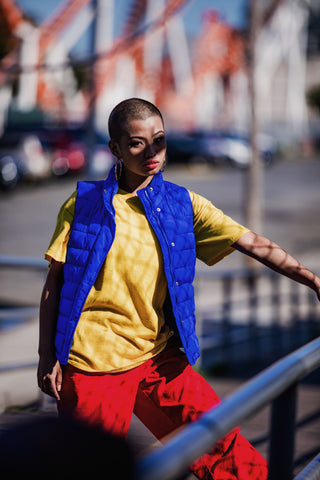
1. Primary Colours
Primary colours are the basic colours that cannot be created by mixing colours. This category includes Yellow, Red and Blue.
Did you know that mixing these primary colours can create a primary shade of black?
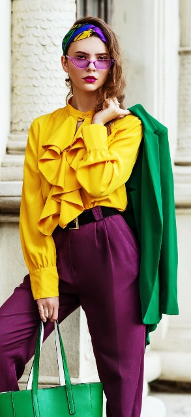
2. Secondary Colours
Secondary colours are made by mixing two of the three primary colours. As you can create orange by mixing yellow and red, green from yellow and blue and purple from blue and red.
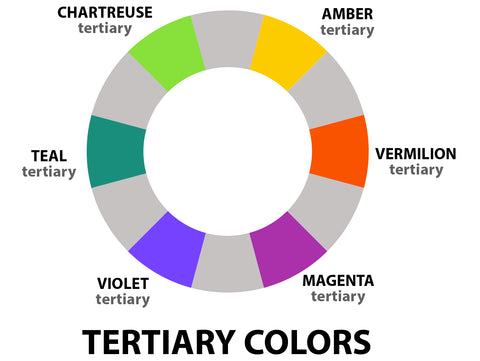
3. Tertiary Colours
Tertiary colours are also known as intermediate colours. You can create these colours by mixing primary and secondary colours.
(Colour temperatures) Warm And Cool Colours
Understanding warm and cool colours term is important, as it affects creating a mood or evoking some memories again.
Knowing the difference between warm and cold colours is integral and can help you choose the right combinations like a pro.
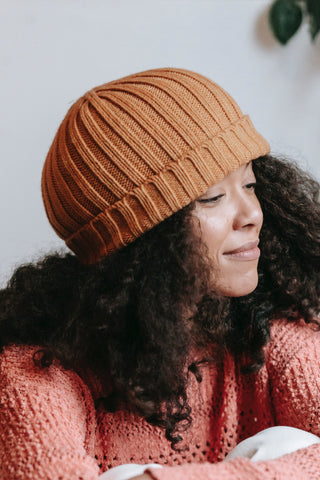
It includes various shades of red, orange, yellow and all the colours in between them, like pinks and reddish purple.

It includes blue, green and purple and all the shades in between them, like violet, blue-violet and blue-green.
You might ask, How do I integrate these colours into my clothes? Don’t worry, we got you!
When it comes to the basic principle of matching your clothes or anything, is combining colours that actually work together in harmony.
Here’s your guide on how you can match them:

Complementary colours are the opposite colours on the wheel, like red and green, blue and orange and yellow and purple.
Using these colours helps each other stand out and look more appealing. The perfect way to make a bold statement!
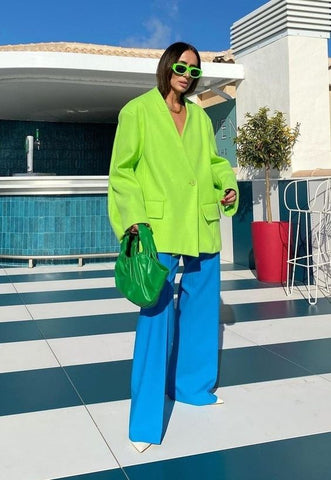
Analogous colours are the adjacent colours on the wheel, where you can match two or three continuous shades.
When styling an entire outfit using analogous colours, will help you look stylish and turn heads whenever you walk into a room. It’s an energizing combination.
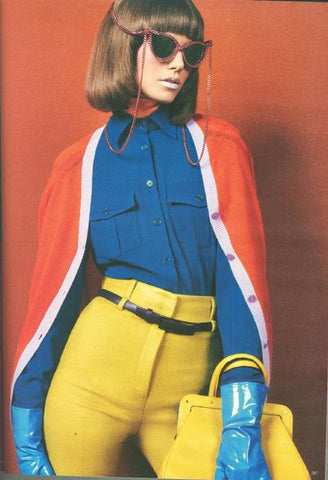
Triadic colours is using three colours that form a triangle shape on the wheel.
This combination creates a balanced and visually appealing contrast. They are vibrant, making them perfect to use in art and fashion.
Keep in mind to use triadic colours in balance. You can use one colour as the dominant hue and the two as accessories.
For example, red, blue and yellow or orange, green and purple, or Cyan (Turquoise), Magenta, and Yellow.

The monochromatic Colours technique is using variations of one colour in one outfit. For example, you can use different shades and hues of the colour blue.
This method is popular for its simplicity, easy to style and creates a sleek and unified look.
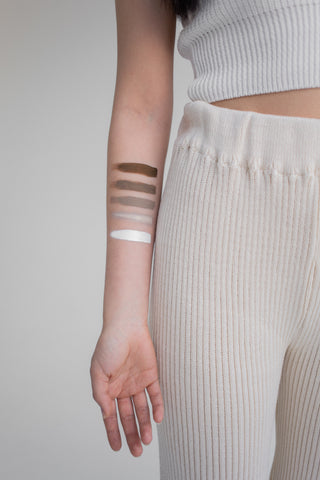
Match it with your skin tone!
Matching colour to your skin tone will help enhance your features and create a more flattering look.There are three main categories of skin tones: cool, warm and neutral.
Cool undertones look best with tones like royal blue, emerald green and purple. Neutrals look great in black, white and shades of grey.
Whereas skin with warm undertones goes well with earthy tones like browns, warm yellow and oranges.
Pro Tip: Use the 60-30-10 rule.
What is the 60-30-10 rule, you may ask?
It’s a simple rule that directs you to include 60% of the dominant colour. The main outfit colour. 30% as a secondary colour, for example you can use it in shoes and handbags. And 10% as your accent colour, where you can use it in jewelries.
At Redtag, you will find every colour in different shades in different pieces, outfits and accessories to match your unique taste and style.











